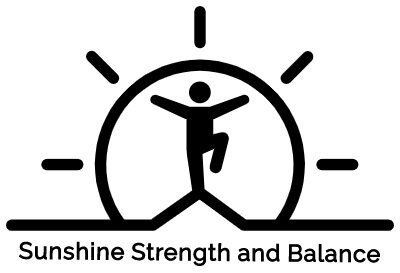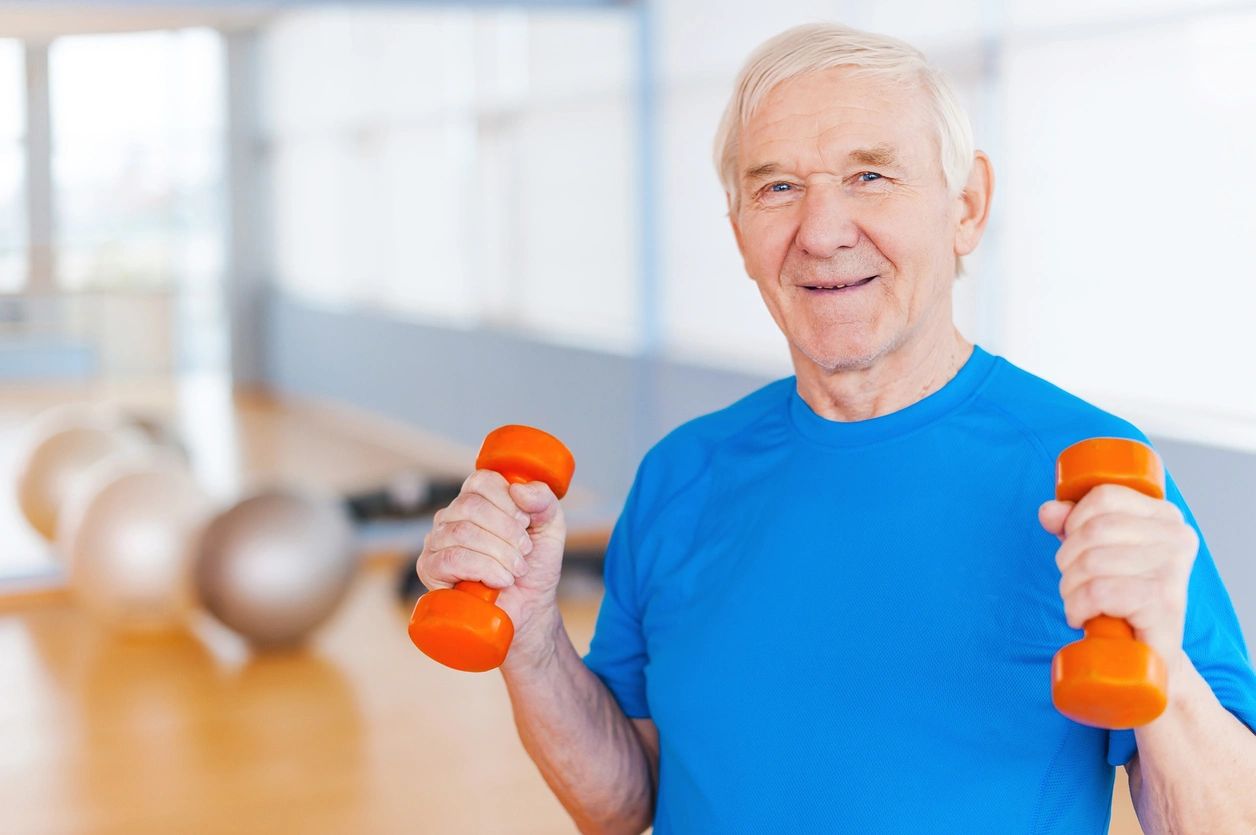Staying fit after 50 isn’t about pushing limits—it’s about choosing movement that helps you feel strong, capable, and energized in daily life. Many people wonder whether strength and endurance can really improve with age, and the answer is yes. With the right approach, consistent movement can enhance not just physical health but also mental sharpness and emotional resilience. Tailored workouts that focus on safe, functional movements can help restore energy, build muscle, and support independence well into your later years.
Whether you’re just getting started or picking up where you left off, fitness after 50 is about working with your body, not against it. For those exploring options for senior fitness in Sarasota, FL, it’s important to find routines that align with your goals and abilities. This article will explore how strength and endurance training can support graceful aging—helping you stay mobile, confident, and engaged in the things you love most.
Why Fitness After 50 Matters
By the time we reach our 50s and beyond, our bodies naturally undergo changes: muscle mass declines, metabolism slows, and joints may become stiffer. But staying active doesn’t just slow these changes—it can reverse many of them.
Key Benefits of Staying Active:
- Improved mobility and balance
- Reduced risk of falls and injuries
- Better cardiovascular health
- Stronger bones and muscles
- Enhanced mental well-being and cognitive function
- More independence in daily living
The goal isn’t to “push harder” but to train smarter—especially with exercises tailored to your body’s current needs.
Strength Training Tips for Older Adults
Strength training for older adults is critical for maintaining muscle mass, supporting joint health, and enhancing balance. For those over 50, strength training should focus on low-impact endurance exercises and functional movements that replicate daily activities.
Suggested Exercises:
- Bodyweight Squats or Chair Squats: Builds leg and core strength for sitting and standing with ease.
- Wall Push-Ups: A safe alternative to floor push-ups that strengthens the upper body.
- Resistance Band Rows: Improves posture and supports upper back strength.
- Step-Ups: Strengthen your legs and improve balance for navigating stairs or stepping onto curbs.
Tips for Getting Started:
- Begin with 2 days per week and build gradually.
- Prioritize proper form instead of heavy weights to stay safe and prevent injury.
- Include rest days to allow for muscle recovery.
Building Endurance Without Overdoing It
Endurance doesn’t mean running marathons—it simply refers to how long your body can sustain physical activity. Building endurance helps improve heart health, increase stamina, and support weight management.
Low-Impact Endurance Ideas:
- Brisk walk through your neighborhood or a nearby park
- Swimming or water aerobics (great for joints)
- Gentle cycling on a stationary or upright bike
- Dancing, gardening, or even vacuuming—movement counts!
Start with 10–15 minutes of activity and slowly increase over time to reach at least 150 minutes of moderate exercise per week, as recommended by the CDC.
Balance and Flexibility: The Missing Pieces
Many people overlook balance and flexibility, yet these are crucial for preventing falls and maintaining mobility as we age.
Activities That Improve Balance & Flexibility:
- Heel-to-toe stands or one-foot balances near a sturdy surface
- Tai Chi or gentle yoga
- Stretching routines targeting the hips, hamstrings, and shoulders
- Stand on one leg while brushing teeth or waiting for the kettle
Adding just a few minutes of daily training—especially balance and flexibility for seniors—can make a significant difference in your confidence and coordination.
Staying Safe While Staying Active
Exercise safety for people over 50 should always be the top priority. As our bodies change with age, taking the right precautions helps prevent injury and build confidence. Here are a few ways to stay safe while exercising after 50:
- Warm up before and cool down after the workout.
- Drink plenty of water.
- Avoid movements that cause pain or dizziness.
- Wear supportive shoes and work out in well-lit, clear areas.
- Consider working with a trainer who has experience with older adults or injury recovery.
If you have a chronic condition, joint replacements, or past injuries, consult a healthcare provider or fitness professional before starting a new routine.
Making Fitness a Habit: Motivation Tips
Starting is one thing—sticking with it is another. These tips can help build long-term consistency:
- Set small goals—like a 15-minute walk—to build consistency and confidence.
- Track your progress in a journal or app.
- Vary your workouts to stay motivated and keep it interesting.
- Make fitness social by inviting a friend or loved one to join you.
- Celebrate milestones, no matter how small!
Remember, fitness after 50 isn’t about competition—it’s about staying capable and confident in your body every day.
Ready to Take the First Step Toward Better Health?
Aging doesn’t mean slowing down—it means moving smarter. With the right plan, consistent effort, and support, you can build strength, improve endurance, and enjoy greater freedom and vitality in your 50s, 60s, 70s, and beyond.
If you’re exploring options for senior fitness in Sarasota, FL, personalized guidance can make all the difference. Whether you’re just getting started or returning to a routine, local experts—like those at Sunshine Strength and Balance—are ready to help you move confidently and safely.
Call now at (941) 260-0494 to speak with a Sarasota-based senior fitness specialist or book your appointment online and take the first step toward feeling stronger, more balanced, and full of energy.
No matter your age, it’s always a good time to begin your fitness after 50 journey—and in Sarasota, you’ll find plenty of support along the way.
Frequently Asked Questions
What’s the best type of exercise for someone over 50?
A balanced mix of strength training, cardiovascular activity, and flexibility/balance work is ideal. Think light weights, walking, yoga, and bodyweight exercises.
How often should I work out after 50?
Aim for at least 150 minutes of moderate aerobic activity per week, plus 2 days of strength training. But it’s okay to start smaller and build up.
Is it too late to start exercising if I’ve been inactive?
Absolutely not! Many people start their fitness journey in their 50s, 60s, or beyond—and see amazing results. Start where you are and focus on progress, not perfection.
Can I exercise with arthritis or joint pain?
Yes, low-impact exercises like swimming, walking, and resistance band work can help reduce pain and improve joint function. Talk to your doctor first.
What if I need guidance or have limitations?
There are local professionals who specialize in helping older adults exercise safely at home. Sarasota residents can benefit from customized routines that meet them where they are—both physically and geographically.


